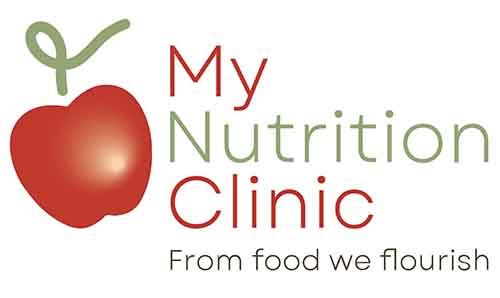Child Nutrition
What is a food Intolerance?
A food intolerance does not involve the immune system and is triggered by food chemicals (either natural or additives). These chemicals in sensitive individuals irritate the nerve endings and cause symptoms such as headaches, gastrointestinal complaints (cramps or colic, diarrhoea, constipation, reflux), skin irritations (nappy rash, recurrent hives and eczema), and irritability.
A food Intolerance may only become noticeable after you eat more than your body can tolerate over a certain period. Everyone’s tolerance or limit is different. Often people have a food intolerance their whole life but only causes problems now and again.
To determine an intolerance, an elimination diet is followed either in strict, moderate or simple terms, depending on how much daily living is affected by the symptoms. This is constraining and can affect the nutritional adequacy of your child’s diet.
What is the difference between a food allergy and intolerance?
An allergy is when the immune system is involved. Allergic reactions can vary from mild to severe, they can be immediate (onset within 2 hours) or delayed (onset 4 hours or more). It is also possible to have a mix of the two. A food intolerance does not involve the immune system and can be triggered by food chemicals (natural or added to foods).
When are blood tests and skin prick tests useful?
Only when there is an allergy which has a rapid onset of symptoms can they be detected by the above tests and are known as IgE mediated allergies. When you have an allergic reaction, the immune system makes IgE antibodies which release histamine. The amount of histamine released is gauged through blood and skin prick tests. An intolerance won’t produce an immune reaction that can be picked by these tests. We can check for an intolerance through diet changes.
A food intolerance, although not life threatening, can be very debilitating and requires diet changes to diagnose them.
How can your Paediatric Dietitian help?
We can help to pinpoint which foods (if any) are causing your symptoms. We will then plan for your child (and family if appropriate) to exclude the foods suspected to cause the symptoms as well as ensure that your child’s diet is balanced. In many cases an intolerance doesn’t have to mean a limited diet or supplements. We can help you work through dietary changes to identify the suspect food and reintroduce foods so that it meets a child’s nutritional needs.
A dietitian will provide practical tips in cooking, eating out, identification of ingredients and ensure that nutritional needs are met
What happens during an appointment?
A detailed dietary assessment determines the quickest and easiest way to identify the foods causing the symptoms.
We will take details of the family medical history, the usual diet, the social and physical environment as well as symptoms, suspected triggers and timing of symptoms. This detailed assessment acts as a guide to determine whether further tests will be useful and helps to interpret their results. We will either contact your GP with the findings or order the appropriate tests directly and discuss with your GP. Based on the results an action plan will be made.
The diagnosis of a food intolerance is possible only after taking a detailed history, eliminating the suspected problem foods and following up with a controlled challenge to confirm. It is important to ask the right questions to enable treatment with the right health professional.
 Author: Jacqui Palmer, Paediatric Dietitian for My Nutrition Clinic
Author: Jacqui Palmer, Paediatric Dietitian for My Nutrition Clinic

